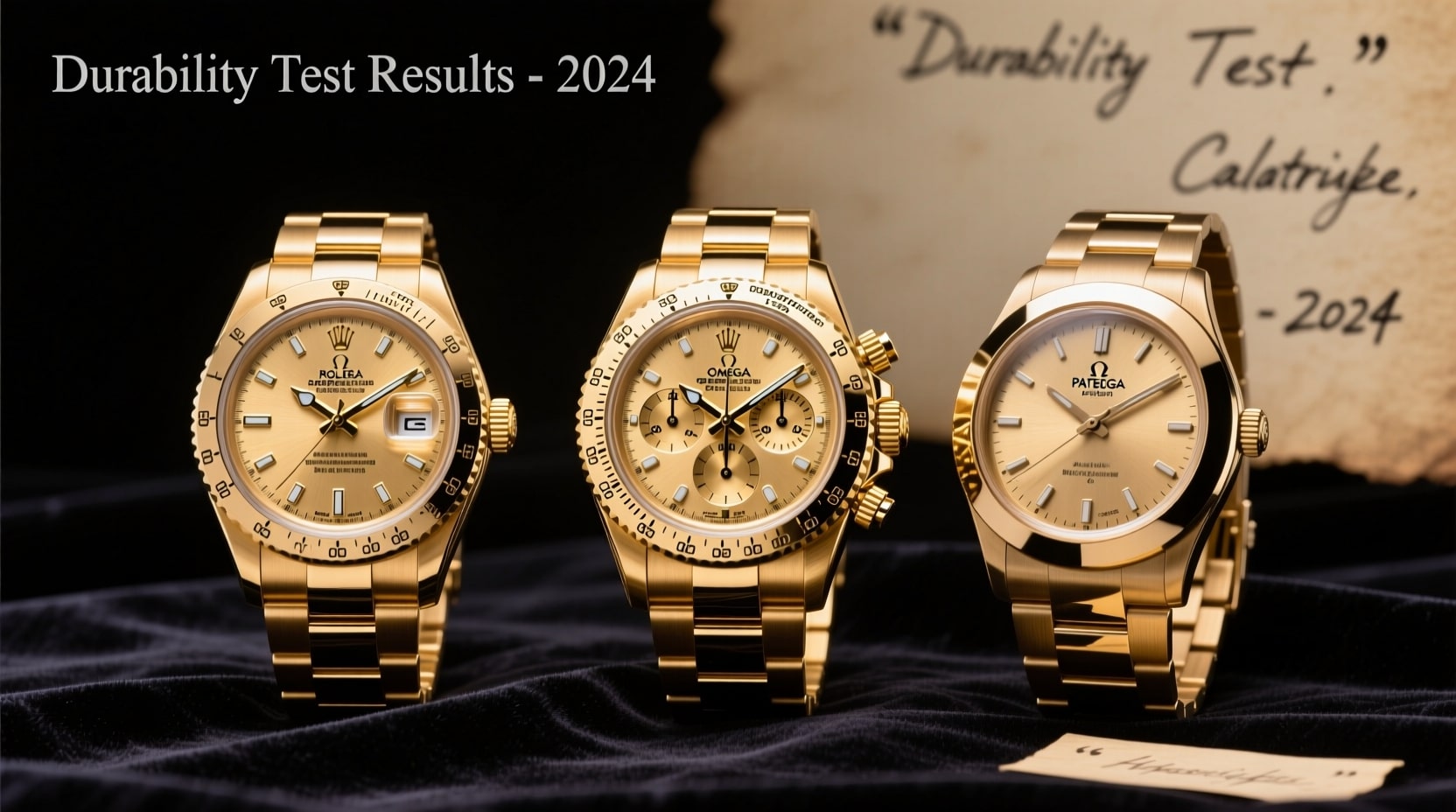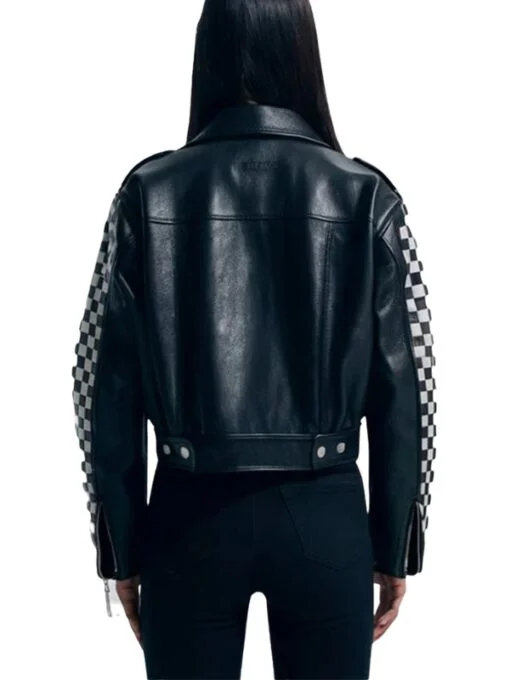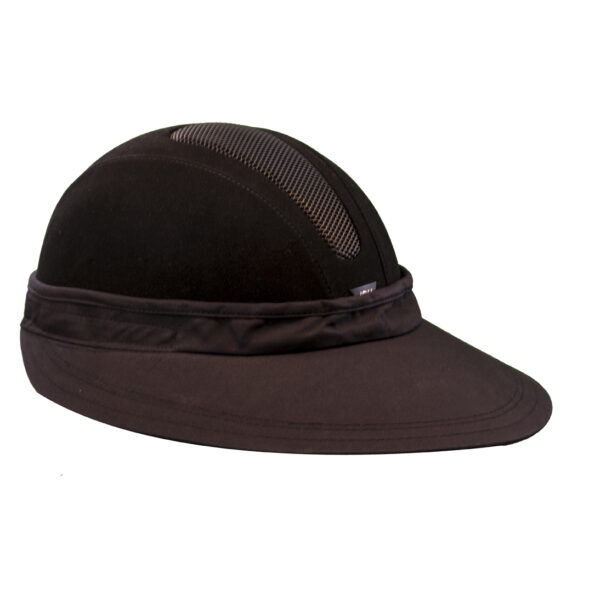
More than a piece of jewelry, that moment when you slide a band onto your partner’s finger entails a promise made by you to them in physical form. But along with the temporary excitement of being engaged comes the most practical but symbolic of questions for many couples: which goes first, engagement and wedding ring? Determining the right order for these precious bands is more about tradition and personal significance than those beautiful ongoing stories about your relationship. Let’s strip back this historical sentiment associated with this common question to delve deeply into how we adorn ourselves with such powerful symbols.
The Traditional Order and Its Deep-Rooted Symbolism
The societal organism is so deeply rooted that we shall first go back into its history. The concept of wearing both rings on the same finger, that of the fourth left-hand finger, has an ancient connotation. The Romans, as the story goes, considered the finger to house the Vena Amoris, or the Vein of Love, which was thought to lead directly to one’s heart: bearing a ring on this finger was thought of as a symbolic gesture almost to join the hearts of the couple.
Consequently, the romantic belief fostered the emergence of a particular protocol.
The Wedding Band Closest to the Heart
The wedding band was meant to be slipped on the finger first, closest to the heart, according to the age-old rule. This sequence was highly symbolic. During the exchange of vows, the bare finger receives the wedding ring, symbolizing the fact that the first and unbreakable bond of matrimony is created next to one’s heart.
The Engagement Ring as a Guardian
Subsequently, the engagement ring is returned to the finger. This is placed on top of the wedding band and serves to “seal” the bonding of marriage. Traditionally, the engagement ring indicating the promise to marry had now become the protector of the marriage vow. It is almost metaphorically visible: the meaning resting upon the engagement ring is the marriage itself, and the engagement ring strengthens that eternal union.
Modern Interpretations and Personal Choices
With tradition to guide them, modern couples define their own experiences. The “right” method is increasingly evolving to mean what feels best and most practical to the people concerned.
Honoring Historical Custom
For some, the traditional order is honored for the sake of comfort and connection to historical significance. Their love story ties in with many others throughout history. For them, the custom of putting the wedding band on first during the ceremony becomes poignant and essential.
Prioritizing Practicality and Design
They might, however, opt for a completely different style for practical reasons. Bigger-set engagement rings may fit awkwardly against a wedding band. Wearing the wedding band on top is a more comfortable fit. Plus, interlocking wedding and engagement ring sets are being purchased by an increasing number of couples to ensure a cohesive look when arranged in the “correct” order.
Simplifying for Lifestyle
Wearing two rings would turn out to be impractical for such active lifestyles. Some individuals prefer to wear their wedding band daily, saving the engagement ring for big occasions. With this more modern and relaxed temperament, the power lies in the hands of the couples whose experiences define the meaning of their rings. The meaning has not disappeared; it has been personalized.
How to Decide Which Goes First, Engagement and Wedding Ring
So having both traditional and modern options, how do you, as a couple, choose? The best way is to have a discussion.
Discuss the Underlying Meaning
Focusing on the meaning these rings have to each of you. Is this concept of the wedding band being closest to the heart something you both greatly connect with? Or do you prefer to emphasize the story of your engagement? Either way, sharing this conversation would strengthen your connection by defining your own symbols.
Consider the Ceremony Experience
Envision your wedding ceremony: do you want a dedicated moment when your partner places your wedding band on your bare finger? If so, it may be baked into the traditional ordering of the vows. You could liaise with your officiant to have your engagement ring moved temporarily to your right hand for the ceremony.
Experiment with Physical Comfort
It is important to try the rings on in different orders. How do they feel? How do they look? Which way is more comfortable? Which way is more visually pleasing? Often, just the act of wearing them will allow one option to stand out much clearer than the others.
Seek Expert Advice from a Jeweler
If you’re making a custom wedding ring, keep that conversation going with your jeweler. They will have a lot of great advice about how various styles work together and can even make you a contour band that solves all the practical issues, leaving you free to choose whatever sentimental order resonates best with you.
Final Thoughts
Eventually, this is a personal choice regarding the unique relationship that you have with that person. The journey between “will you?” and “I do” is a long way covered, and one can wear the rings in the most fabulous manner to tell that story. So, whether your wedding ring hides under the skin or your engagement ring has stayed in its rightful place, the meaning is in their worthiness of carrying that special bond. It really matters that it is not the sequence itself, but the more significant pledge they symbolize over life about which goes first, engagement and wedding ring—an exclusive thing celebrating love for the individual couple.






